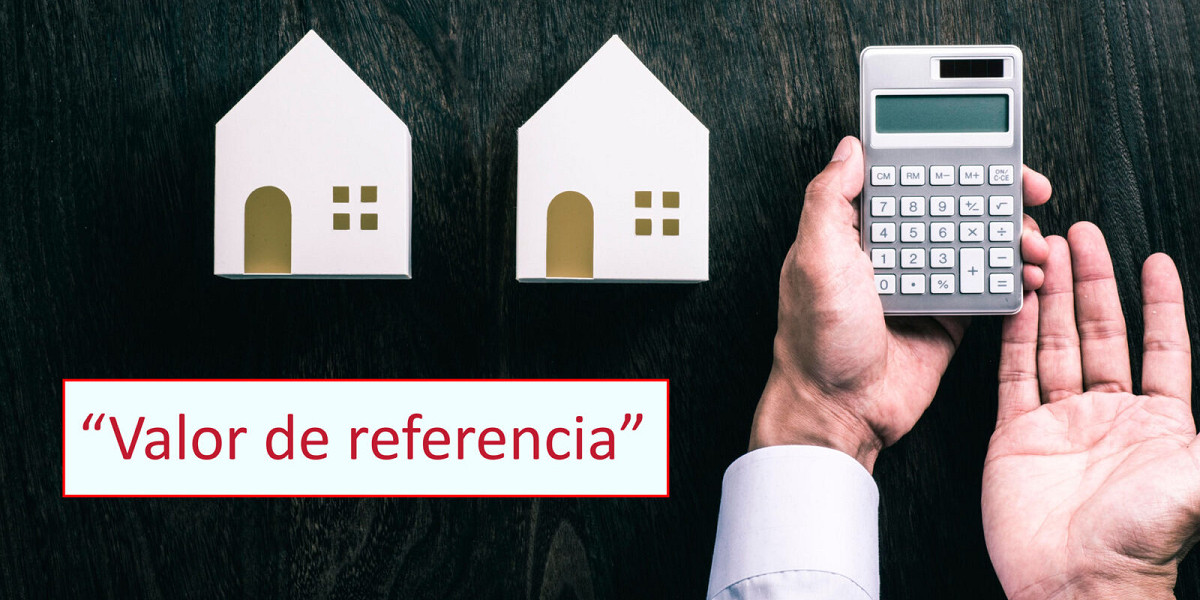The cadastral reference value, introduced by Law 11/2021, has established itself as an essential element for fiscal transparency in the Spanish real estate market. The General Directorate of Cadastre determines this value based on the purchase price recorded at a notary's office and the objective characteristics of each property.
What does the calculation entail?
The procedure is based on the average transaction prices registered in a given area, which are then adjusted using corrective factors that consider the age, location, and state of conservation of the property. In addition, a reduction factor of 0.9 is applied to ensure that the reference value never exceeds the actual market value.
Key Differences: Cadastral Value and Reference Value
- The cadastral value is primarily used locally and is used to calculate taxes such as the Property Tax (IBI). It is determined by considering the location, age, use, and urban characteristics of the asset.
- The reference value, for its part, reflects market behavior and is applied to the taxation of property transfers, donations, and inheritances (ITP, ISD). Starting in 2022, this value represents the minimum taxable base for these taxes, unless the taxpayer declares a higher price.
Impact on current taxation
The implementation of the reference value ensures that taxes associated with real estate transfers are calculated based on the real market value, reducing the scope for tax avoidance. It is important to remember that this system is not retroactive and only affects transactions carried out starting in 2022.
Accessing and consulting the reference value
Owners and potential buyers can consult the reference value of any property through the Cadastre's online office, using the cadastral reference number. A digital certificate or Cl@ve system is required to access the information. Furthermore, the Cadastre publishes annual maps and market studies to provide transparency regarding the criteria applied. Legal Aspects to Consider
Declaring a value lower than the reference value in a transaction can result in penalties and additional assessments. Therefore, it is advisable to verify the value before closing any transaction. In the event of discrepancies, you can file objections and provide supporting documentation to the Administration.
In short, the cadastral reference value has become a fundamental pillar of real estate taxation in Spain. Proper knowledge and application of it are vital to ensure safe transactions and avoid legal or tax contingencies.

